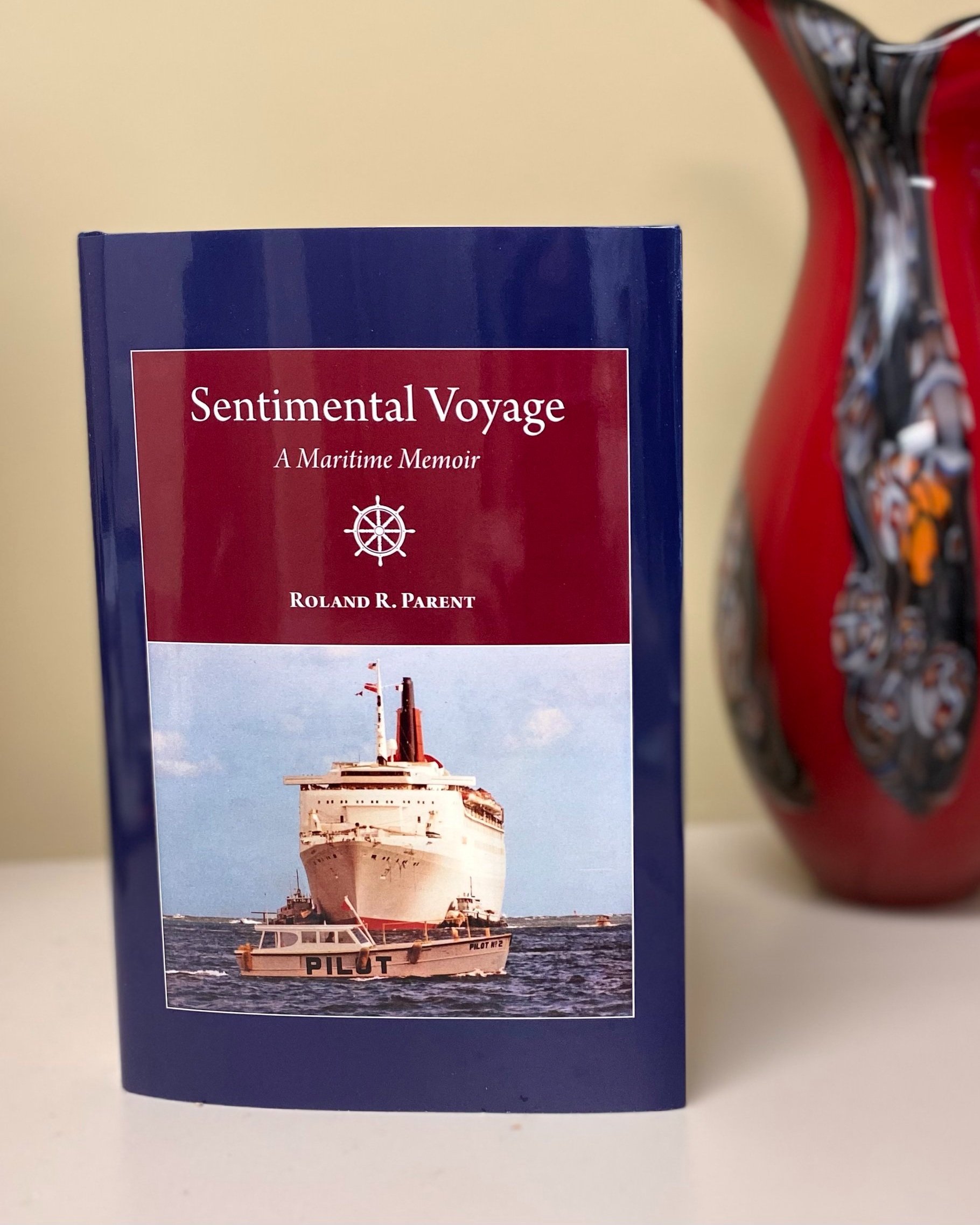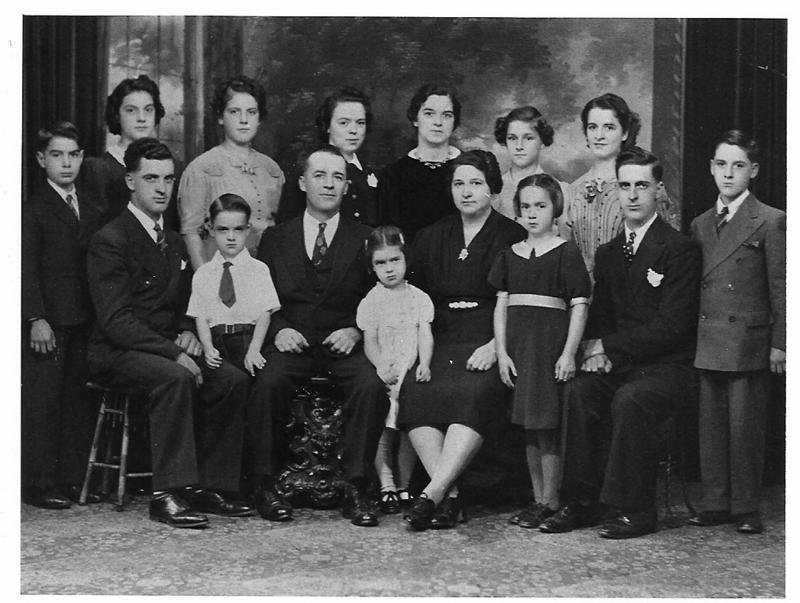A blog post by Publishing Intern Emma Solis
Sunday picnic in the pine forest. My abuela, Sefita Beceiro, is the young girl drinking from a cup, circa 1950
During a recent visit to my abuelos’ small house in Lubbock, Texas, my mom told my abuela she could throw away a comic I drew in the third grade. The comic features an alien who tells a girl that invading Earth is his “duty,” and the girl falls over laughing because she heard him say “doodie.” As soon as I developed the capacity for embarrassment (and better humor), this cartoon’s perpetual place hanging up on the fridge began to taunt me. Before every visit, I hoped, even prayed, that she’d have thrown the thing out.
“No!” Abuela scolded my mom when she brought it up. “I don’t throw anything. I never throw anything.” Despite the cringeworthy cartoon, my abuela’s penchant for “never throwing anything” has always made me treasure our visits. Each one would yield a new and exciting artifact of the (not-so-distant) past, unearthed from an odd closet or drawer or pile for my siblings and me to inspect: a pair of jeans my mom wore in the 1980s, with so many giant holes she could barely work out how to put them on; a Walkman; my aunt and uncles’ school records and spelling books; a high school yearbook signature teasing my mom, “Can’t wait to see you with kids!”
Most recently, while digging through some utterly unremarkable files and manila folders, I found a college essay my Uncle Carlos wrote as an undergrad. It wasn’t a dry research paper; it was a story I had never been told. In it, he writes about visiting his own grandparents in Spain as a teenager in the 1980s, when they received a panicked call from an aunt saying, “Get out of the apartment! The Communists planted a bomb on the statue of Francisco Franco!”
The family rushed to the window to see. Sure enough, the statue of Franco mounted on horseback in the square below had forty to fifty sticks of dynamite strapped to each of the horse’s legs. Someone was called to disarm them, but in what my uncle called the “Spanish style,” that person didn’t arrive until three hours later due to a long lunch and nap. And, in “especially Spanish moods,” my family gathered on the balcony with coffees after lunch and watched the process with binoculars instead of evacuating.
After I told her about finding this paper, my abuela revealed a beautiful, disorganized photo album I hadn’t ever seen before. It’s one thing to know that my family lived through significant historical events in Spanish history, but it’s something more to see my relatives as they wanted to be seen in that era: the clothes they wore, the beach they loved, and the traditions they continued, like Sunday picnics in the pine forest. My abuelos’ immigration to America meant that I didn’t grow up around many of my Spanish relatives. Seeing those pictures and hearing stories about them helped mend this rift of connection; it almost made me feel like I was there, too.
My great-grandaunt Sara, circa 1930s
My abuela as a young girl (middle) with her parents in the foreground and other relatives, circa 1950
My granduncle Juan Manuel (left) with his parents and my abuela’s in-laws, circa 1960s
My great-grandmother Pura (short for Purificacion) playing guitar, date unknown
A “liminal space” describes a space that is transitional, derived from “limen” in Latin, which means “threshold.” Reading my uncle’s essay and looking at the photos in my abuelos’ house, itself a melange of Old-World traditions and American icons, made me feel like I occupied a blurred threshold between times and places; somewhere they seemed to overlap. Because Abuela “never throws anything,” it was as if layers of time built up in her house, accumulating evidence of my family’s lives on two continents, like a geologic cross-section of the Earth, that showed me its entire history at once.
The fact that my abuela keeps so many objects around has let my family tell stories that might otherwise have been forgotten or lost. Sometimes I worry about whether my future kids and grandkids will be able to experience the same thrill of re-discovery, because all of my pictures (and most of my music, some of my books, and many other things) are digital and therefore impermanent and intangible. A photograph or essay in hard copy can be destroyed or get lost, yes, but barring such occurrences, it can be rediscovered by anyone willing to go looking, leading to sudden, unexpected connections to the past.
So, I’m going to try to live out (within reason) my abuela’s mantra: “Never throw anything!” You might say I’ve come to think of this as a duty.
























